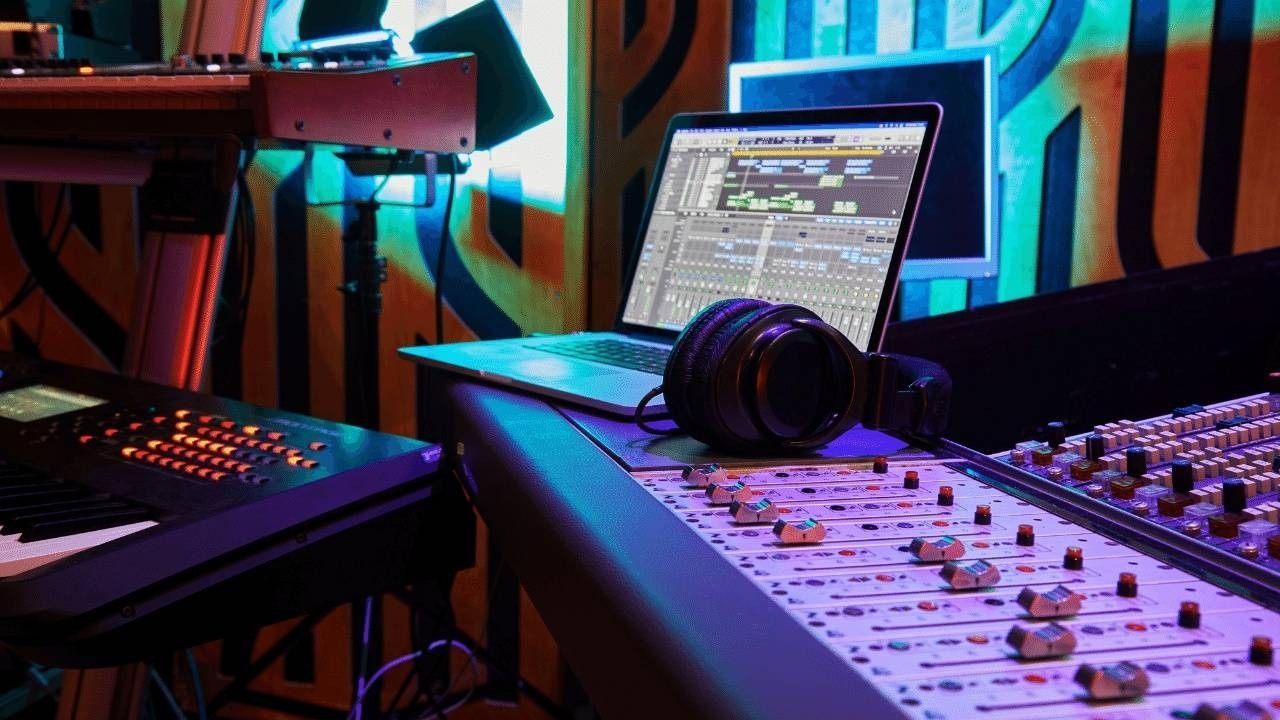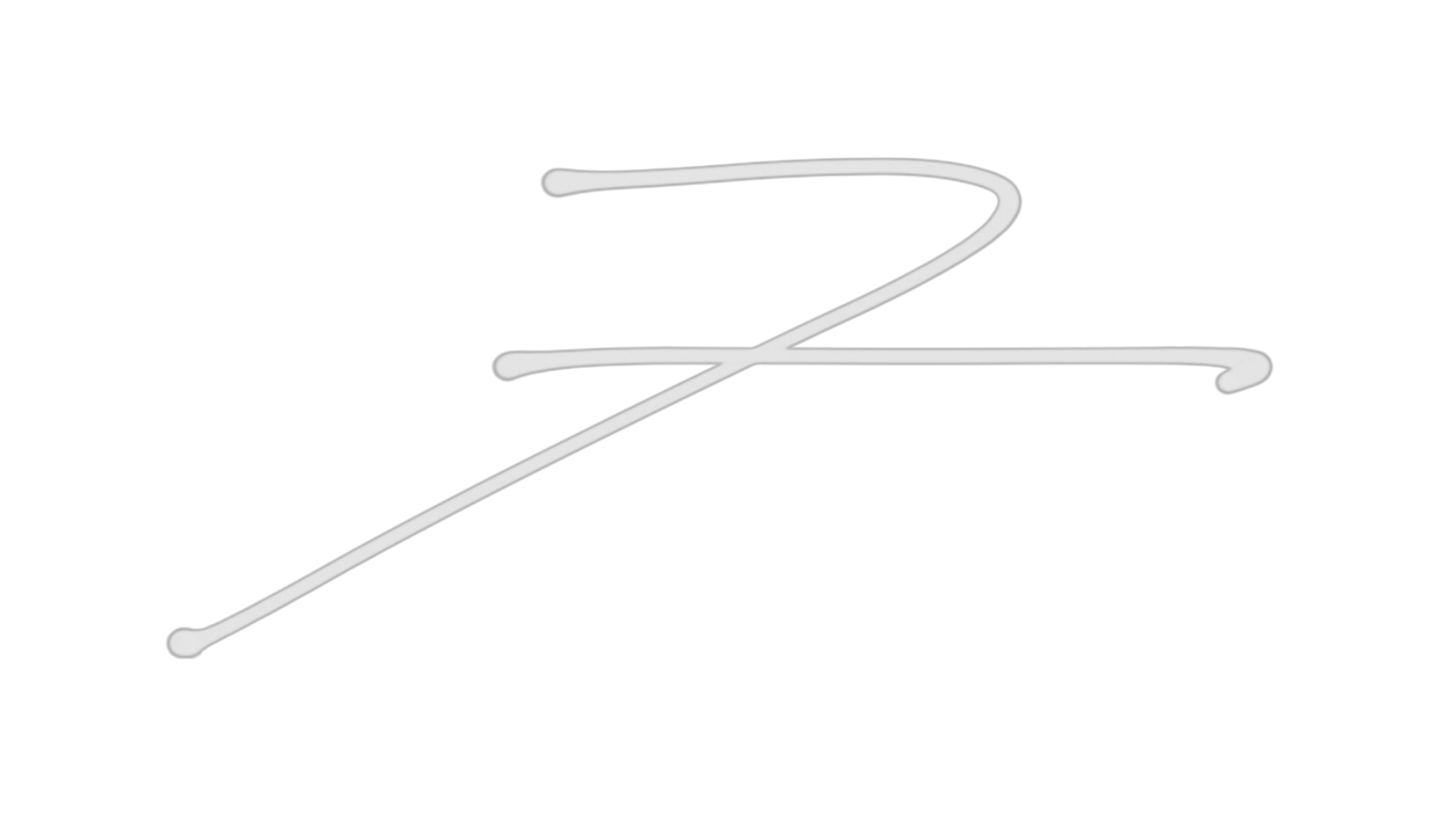What is a DAW? (Digital Audio Workstation)

A Digital Audio Workstation, or DAW for short, is an application that enables you to record, edit, process and mix digital audio files with a computer. For example, you can use a DAW to record your band playing live, overdub the separate sound elements for a song, or make beats and music using virtual instruments and samplers. There are many different DAWs available but they all have similar functions. Most DAWs include recorder software that allows you to capture sounds from microphones and synths directly into your computer as digital audio files. They also usually include a sequencer that lets you program MIDI and a sampler feature that can process audio loops or samples. Audio can be further processed in series or parallel with effects like EQ, compression, delay and reverb and combined together using the channel faders during the mix process. In this article I will cover the key features of some of the most popular DAWs so that you can make informed decisions when choosing which one is right for your music production needs.

Digital Recording Studio
A digital recording studio is the heart of a DAW. It allows you to record, edit, save, and import audio files into your computer.. They also often come with a built-in mixer that lets you adjust the volume and pan of each track individually as well as control other aspects like the overall volume. DAWs can import or record audio from a microphone or external device into their recording software via an audio interface. Another feature of these programs is the ability to loop the playback of certain parts of your song over and over again until you are completely satisfied with them.
Non-Linear Tape Machine
One of the things a DAW replaced is the tradition of recording takes on multitrack magnetic tape machines. A tape machine records sound performances on a linear timeline. A DAW can be thought of as a modern day digital equivalent to the tape machine as it is a computer program that lets you record and manipulate sound digitally so that it can be recorded and played back later on, just like the linear tape machine. The DAW also has the advantage of also allowing for non-linear digital editing making cut, copy and paste editing easy.

Audio Sampler
DAWs also double as audio samplers that allow you to import audio files from a variety of sources such as microphones, synthesizers, drum machines, or musical instruments into the software or create and save samples directly within the application itself, with different types of sound files such as MP3, WAV, or AIFF files. Most DAWs also provide a sampler instrument that can be applied to a single track that is capable of manipulating the playback of single one-shot sounds or sampled instruments.
MIDI Programmer
DAWs come with a MIDI sequencer. With this feature, you can use your computer's keyboard or an external MIDI keyboard to trigger sounds ranging from drums to synthesizers and create music without the need for expensive instruments or musicians. MIDI programming lets you compose music by recording and editing individual audio loops or samples in different tracks. A DAW with MIDI programming capabilities will allow you to make beats and create music on your computer with instruments that are connected to your computer via USB.

MIDI Instruments
DAWs come with multiple pre-installed synths and/or sampled instruments that can be used in your tracks. This is great for musicians who want to learn or practice their instruments but don't have much money to spend on expensive equipment like sound modules and electronic keyboards. These instruments typically include synthesizers, drum machines, orchestras and even full virtual studios. They can be programmed individually or in groups under a single project file and they can also be grouped together into banks of synths or drum sounds. This gives you the power to quickly create variations of the same instrument sound and use them all within one song or project.
Sample Libraries
In addition to the sample instruments a DAW may or may not provide, it will usually come with a collection of one-shot samples that will be a combination of single drum hits (kick, snare, percussion, etc.) and some one shot single notes or chords from other instruments like bass, organ, or piano. Most DAWs also have optional sample libraries grouped into genres and themes like Future Bass, Trap, and Drum and Bass.
Conclusion
A software DAW can emulate everything you need to create music on your computer from a recording studio to the instruments and even the performance of each instrument. You will need to research and find the DAW that is best suited for the style of music that you wish to produce and your ideal workflow. The most popular DAWs for live and organic music are Pro Tools, Cubase, and Studio One. The most popular DAWs for electronic music and beat making are FL Studio, Ableton Live and Logic X. Of course you can use most DAWs for most purposes and it's most important to find a DAW that fits your workflow, production requirements, and budget.

Futch - Music Production Coach, Ableton Certified Trainer





